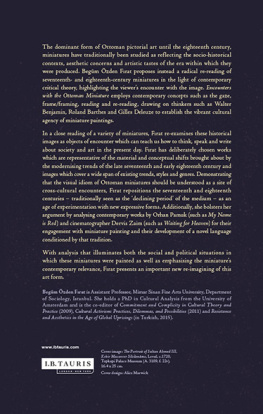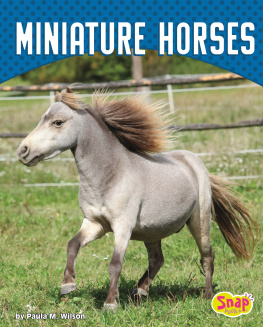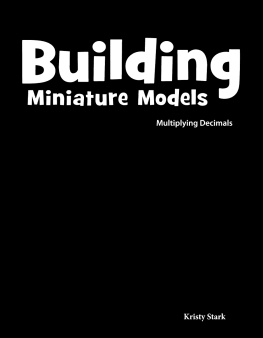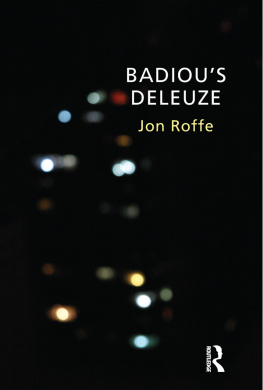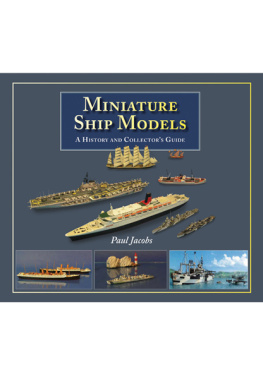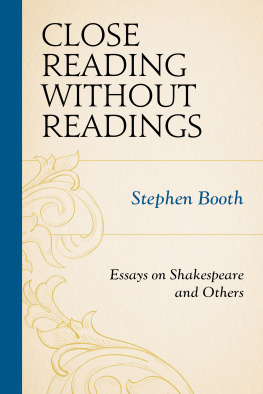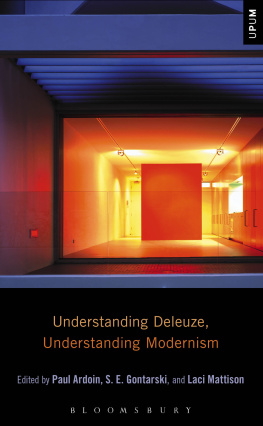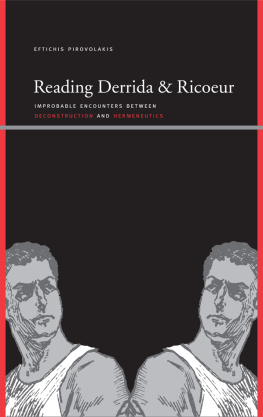
Begm zden Frat is Assistant Professor, Mimar Sinan Fine Arts University, Department of Sociology, Istanbul. She holds a PhD in Cultural Analysis from the University of Amsterdam and is the co-editor of Commitment and Complicity in Cultural Theory and Practice (2009), Cultural Activism: Practices, Dilemmas, and Possibilities (2011) and Resistance and Aesthetics in the Age of Global Uprisings (in Turkish, 2015).
ENCOUNTERS
WITH THE
OTTOMAN
MINIATURE
Contemporary Readings of an Imperial Art
B EGM ZDEN F IRAT

Published in 2015 by
I.B.Tauris & Co. Ltd
London New York
www.ibtauris.com
Copyright 2015 Begm zden Frat
The right of Begm zden Frat to be identified as the author of this work has been asserted by the author in accordance with the Copyright, Designs and Patents Act 1988.
All rights reserved. Except for brief quotations in a review, this book, or any part thereof, may not be reproduced, stored in or introduced into a retrieval system, or transmitted, in any form or by any means, electronic, mechanical, photocopying, recording or otherwise, without the prior written permission of the publisher.
Every attempt has been made to gain permission for the use of the images in this book.
Any omissions will be rectified in future editions.
References to websites were correct at the time of writing.
International Library of Visual Culture 11
ISBN: 978 1 78076 391 0
eISBN: 978 0 85773 943 8
A full CIP record for this book is available from the British Library
A full CIP record is available from the Library of Congress
Library of Congress Catalog Card Number: available
To brahim Frat
CONTENTS
LIST OF ILLUSTRATIONS
The Stableman, Hmyunnme, undated, artist unknown, Topkapi Palace Museum (R. 843, f. 136b), 7.3 20 16.2 cm.
Expulsion of Adam and Eve, Falname, artist unknown, 161416, Topkapi Palace Museum (H. 1703, f. 7b), 47.5 34.5 cm.
Woman Bathing in the Hamam, Abdullah Buhar, 17412, single-leaf miniature, Topkapi Palace Museum (H.Y.Y. 1043) 16.2 10.8 cm.
The Address Book. Photo taken by the author.
The end of the procession of the sultan, Srname-i Vehbi, Levn, 1727/832, Topkapi Palace Museum (A. 3593, f. 1615b).
The end of the procession of the sultan, Srname-i Vehbi, Levn, 1727/832, Topkapi Palace Museum (A. 3593, f. 1615b).
The middle of the procession of the sultan, Srname-i Vehbi, Levn, 1727/832, Topkapi Palace Museum (A. 3593, f. 15a14b).
The middle of the procession of the sultan, Srname-i Vehbi, Levn, 1727/832, Topkapi Palace Museum (A. 3593, f. 15a14b).
The beginning of the procession of the sultan, Srname-i Vehbi, Levn, 1727/832, Topkapi Palace Museum (A. 3593, f. 14a13b).
The beginning of the procession of the sultan, Srname-i Vehbi, Levn, 1727/832, Topkapi Palace Museum (A. 3593, f. 14a13b).
The Procession. Photo courtesy of author.
The Portrait of Sultan Ahmed III, Kebir Musavver Silsilenme, Levn, c.1720, Topkapi Palace Museum (A. 3109, f. 22v), 16.4 25 cm.
Detail, Sultan Ahmed III, Genealogical Tree, artists unknown, eighteenth century, oil on canvas, Gripsholm Castle (Grh 227), Sweden.
Sultan Ahmed III, Jean Baptiste Vanmour, 1703, oil on canvas, Rijksmuseum, Amsterdam, 33.5 26.5 cm.
Timur on his expedition to attack Sultan Husayn, Rawdat al-Safa, artist unknown, 15991600, The British Library (Or. 5736; f. 232b), 28 17.5 cm.
The Theological School of Gazanfer Aa, Divan-i Nadiri, Nakshi Bey, c.1620, Topkapi Palace Museum (H. 899, f. 22a), 18 20 cm.
The Story of Daniel, artists unknown, late sixteenth century, The Netherlands, Topkapi Palace Museum (H. 2148, f. 13 b).
ACKNOWLEDGEMENTS
This book was initially to be entitled Disorienting Encounters, two concepts that recur throughout the following pages. Even though the title has changed during the course of writing, the notions of disorientation and encounter have continued to haunt me. I began writing this book in Amsterdam and the final editing process took place in Istanbul. Moving to Amsterdam and back again to Istanbul proved, at times, to be a truly disorienting experience, in which my spatial position, personal identity, and relations, or the passage of time was disturbed, as the dictionary entry defines the notion. Fortunately, there were people in both cities and sometimes in between the two who re-oriented me and helped me capture my otherwise fleeting experiences.
Of these people, three women stand out: Mieke Bal, Inge Boer, and Hanneke Groetenboer. It was Mieke Bal who was there when the book was initially conceived and until the very end. Mieke's comments verged on the miraculous: not only did she reassure my mind but she also encouraged me to expand my thinking into diverse subjects from the so-called contemporary art of the Middle East to the notion of migratory aesthetics. I thank her for her intellectual guidance and her personal support, which constantly pushes me to dwell on multiple thresholds. Inge Boer, whom I met in my first week in Amsterdam, was the one who introduced me to the notion of disorientation not just in theory but also in its very practice. Inge passed away in 2005 but her intellectual legacy has been my companion throughout this study. Moreover, The Foundation Palimpsest, founded in Inge's memory and devoted to the publication of academic books with unusual publication needs, has made this book possible by contributing a generous subsidy. I met Hanneke Groetenboer towards the middle of this project, and her companionship was priceless. I thank her for reading every word of the manuscript with critical enthusiasm and never ceasing to disorient me.
I have completed this study under the generous support of the Amsterdam School of Cultural Analysis at the University of Amsterdam. Eloe Kingma, who makes ASCA what it is, was there whenever something went wrong, along with her laughter. The Theory Seminars I attended for years in ASCA have been a great source of inspiration. I learned immensely from discussing with my colleagues, who continuously tested the ideas behind this book. I am grateful to have encountered a circle of friendship, as we once used to call it, and intellectual companionship including Maria Boletsi, Ihab Saloul, Pieter Verstratae, Eliza Steinbock, Sonja van Wichelen, Pauline Aroch, Michael Katzberg, Esra Almas, and Astrid Weyenberg. I thank Saskia Lourens for her joyful camaraderie and the initial editing of each of the chapters in this book when they were still very ripe. I am grateful to Noa Roei and Glru akmak for the theoretical discussions we had, which helped me to see the miniatures anew, as well for the daily conversations, which kept me strong.
I thank Carel Smith, the president of Foundation Palimpsest for making this publication happen. I am grateful to Serpil Bac, Feride iekolu, Deborah Cherry, Sudeep Dasgupta and Murat Aydemir for reading an earlier version of the manuscript and for providing invaluable comments. I am also indebted to Jim Gibbons for his swift and meticulous editing.
I thank Christian Scholl, whose comradeship is dearly missed, for disciplining me to work in the German way during the day and for encouraging me to party during the night. Two women made leaving Amsterdam extremely difficult: Sarah de Mul and Marjolein van der Water. I thank Sarah for the tomatoes to be grown and Marjolein for the seashells to be found. I am grateful to Ahmet M. t, my friend and comrade for life, for patiently managing the illustrations.
Next page
